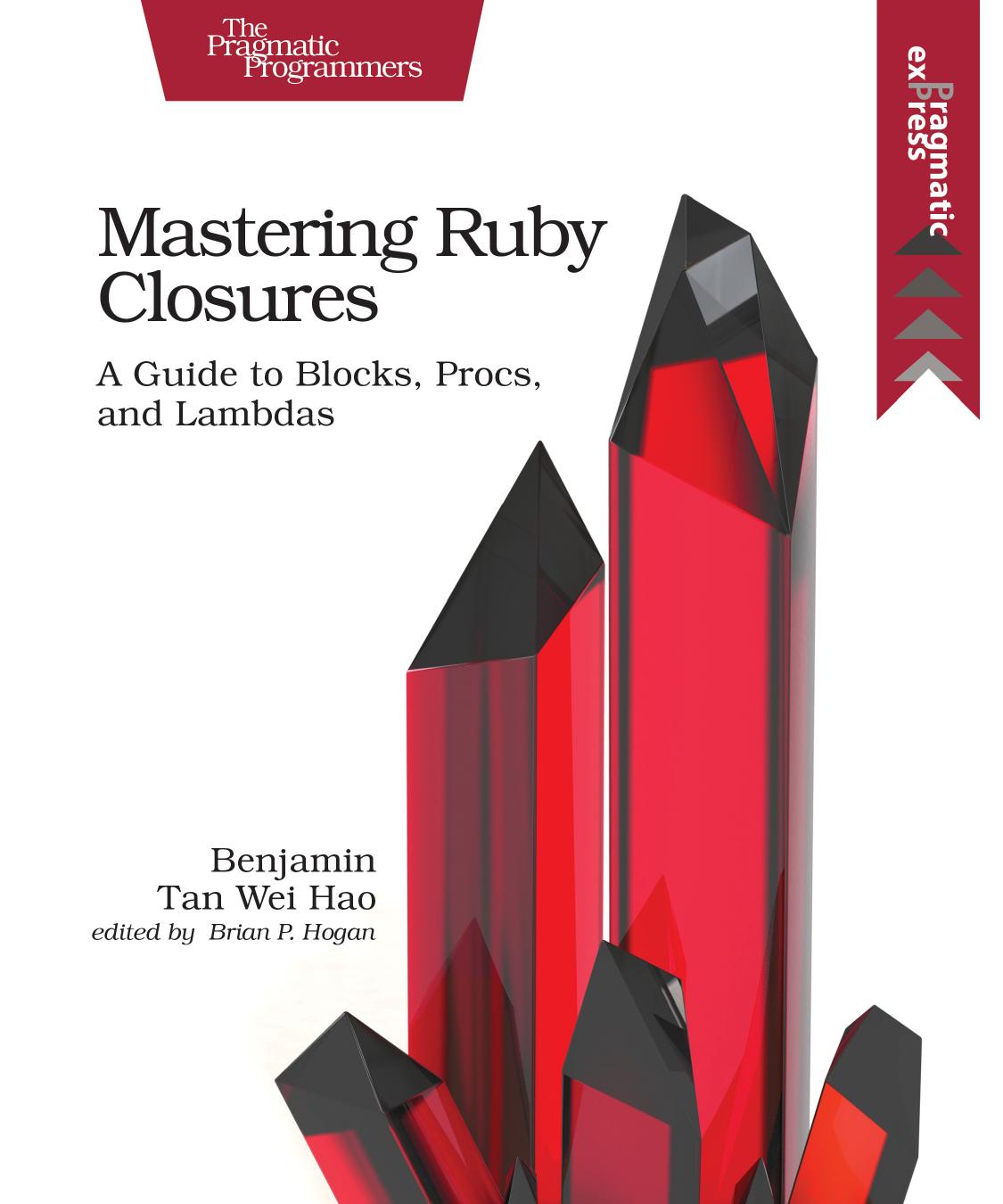Mastering Ruby Closures: A Guide to Blocks, Procs, and Lambdas by Benjamin Tan Wei Hao

Author:Benjamin Tan Wei Hao [Hao, Benjamin Tan Wei]
Language: eng
Format: epub, pdf
Tags: Pragmatic Bookshelf
Publisher: Pragmatic Bookshelf
Published: 2017-08-15T23:00:00+00:00
Implementing a Router DSL
In the previous section, you saw one flavor of object initialization using blocks. Here’s another example, adapted and modified from Rails. Let’s imagine that you want to define a bunch of routes in a web framework, such as Rails. Routes are rules that you declare for an incoming web request. These rules invoke the appropriate controller and controller method, depending on the pattern of the URL of the incoming web request. For example, if the web server receives a request with http://localhost:3000/users, a route would parse the incoming request URL and ensure that the index method of the UsersController will be invoked.
In Rails, this file is located in config/routes.rb. In older versions of Rails, the syntax looked like this:
routes = Router.new do |r|
r.match '/about' => 'home#about'
r.match '/users' => 'users#index'
end
However, as Rails evolved, the way routes were defined also changed:
routes = Router.new do
match '/about' => 'home#about'
match '/users' => 'users#index'
end
In the new syntax, the block no longer expects an argument. With nothing to pass into yield, which object does match belong to? Learning the techniques in creating this variation to object instantiation will also allow you to create DSLs.
Create a file called router.rb, and fill it in with this initial implementation:
routes = Router.new do
match '/about' => 'home#about'
match '/users' => 'users#index'
end
Download
Mastering Ruby Closures: A Guide to Blocks, Procs, and Lambdas by Benjamin Tan Wei Hao.pdf
This site does not store any files on its server. We only index and link to content provided by other sites. Please contact the content providers to delete copyright contents if any and email us, we'll remove relevant links or contents immediately.
Deep Learning with Python by François Chollet(12868)
Hello! Python by Anthony Briggs(10120)
The Mikado Method by Ola Ellnestam Daniel Brolund(10011)
OCA Java SE 8 Programmer I Certification Guide by Mala Gupta(9980)
Dependency Injection in .NET by Mark Seemann(9516)
Algorithms of the Intelligent Web by Haralambos Marmanis;Dmitry Babenko(8522)
Grails in Action by Glen Smith Peter Ledbrook(7881)
Test-Driven iOS Development with Swift 4 by Dominik Hauser(7853)
The Well-Grounded Java Developer by Benjamin J. Evans Martijn Verburg(7770)
Becoming a Dynamics 365 Finance and Supply Chain Solution Architect by Brent Dawson(7721)
Microservices with Go by Alexander Shuiskov(7474)
Practical Design Patterns for Java Developers by Miroslav Wengner(7398)
Test Automation Engineering Handbook by Manikandan Sambamurthy(7339)
Angular Projects - Third Edition by Aristeidis Bampakos(6767)
Secrets of the JavaScript Ninja by John Resig Bear Bibeault(6635)
The Art of Crafting User Stories by The Art of Crafting User Stories(6254)
NetSuite for Consultants - Second Edition by Peter Ries(6200)
Demystifying Cryptography with OpenSSL 3.0 by Alexei Khlebnikov(6014)
Kotlin in Action by Dmitry Jemerov(5297)
